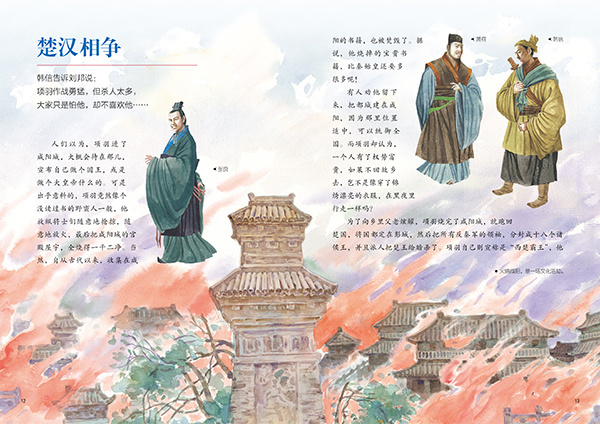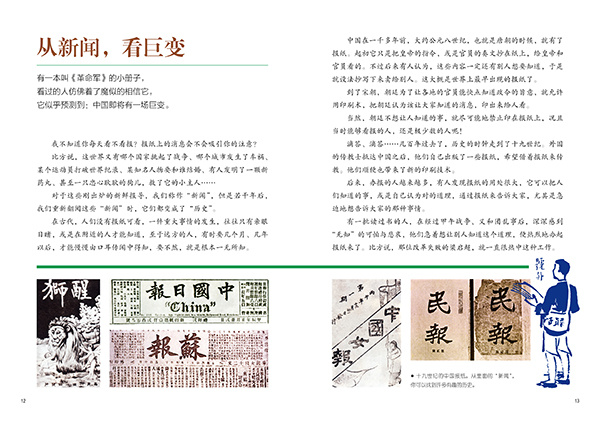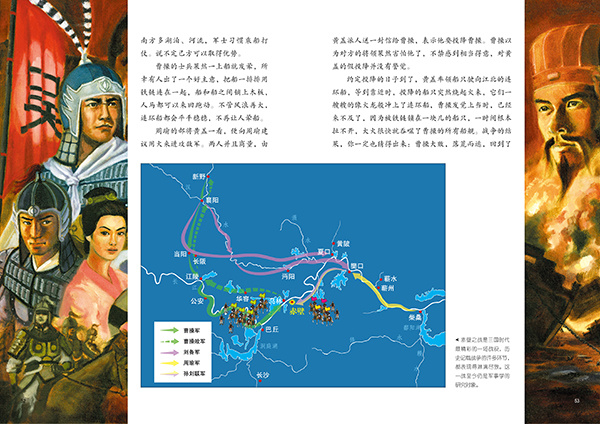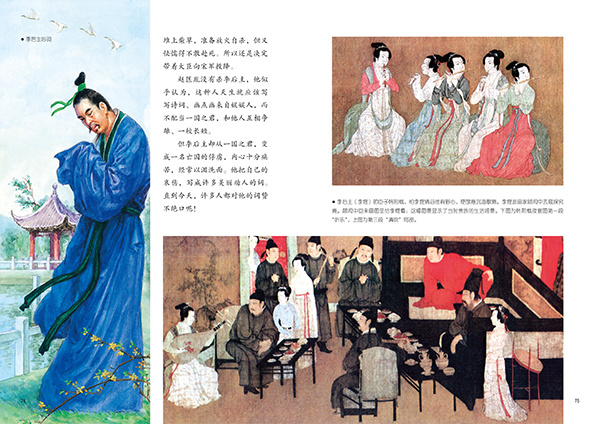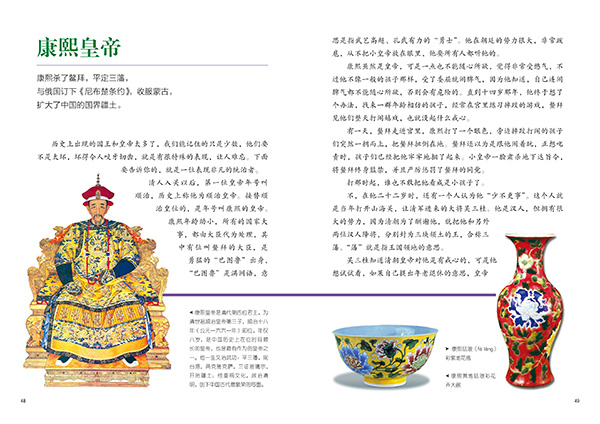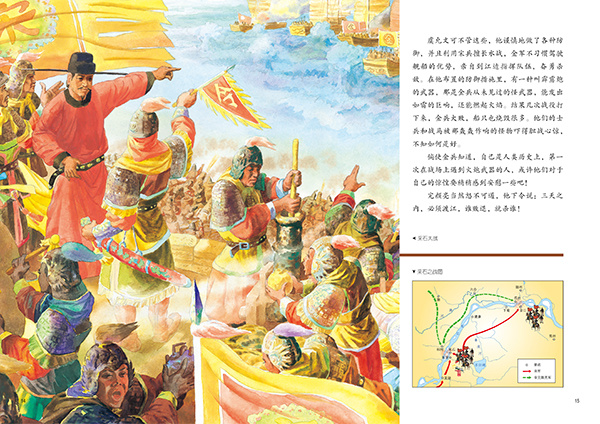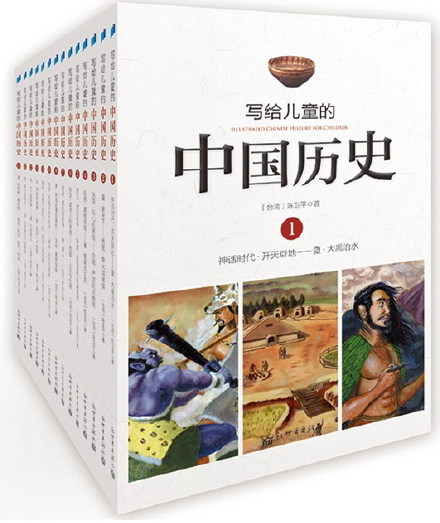
First of all, I would like to congratulate “Chinese History for Children” for winning the 10th National Library Wenjin Award!
“Chinese History for Children” is a magnificent series of short books. Although written specifically for children, it spans 14 volumes. Beginning with mythology, it unfolds from ancient Chinese legends to the present day in 1949, guiding young readers on a journey through five thousand years of history. Its most notable strengths lie in its lively language and engaging storytelling, which appeals strongly to children. The narrative is frequently interspersed with inviting prompts, and each chapter features open-ended “Tell Me About It” prompts, encouraging readers to engage in reflection and discussion. The entire process feels like a knowledgeable, thoughtful, and entertaining adult engaging children in a historical conversation. Its grandeur lies not only in its vast scope and rich material, but also in its rare openness. It goes beyond simply telling entertaining historical stories, but strives to construct a clear historical narrative, inviting today’s readers to empathize and re-experience and re-evaluate historical figures and events. The answers are clearly open-ended. It strives to help young readers understand that reading history is not simply a process of reaching conclusions, but rather a journey of engaging the mind and developing new perspectives.
The author, Mr. Chen Weiping, is a knowledgeable and ambitious publisher in Taiwan and the founder of the renowned Xiaolu Publishing House. When he founded the company in the 1980s, driven by the lack of such books in the children’s market, he devoted three years to compiling this series. Over the years, the series has been a huge hit and continues to be a bestseller. After several revisions, it has culminated in the edition we see today. Unlike most similar books, this series doesn’t limit itself to focusing on specific historical fragments or figures, but instead seeks to present a coherent narrative. The author clearly and directly expresses his views, striving to incorporate the experiences and perspectives of young readers, inviting them to explore and discuss the text. The illustrations are also particularly commendable. In addition to meticulously curating reference images, the editors also commissioned numerous renowned children’s illustrators to create a wealth of exquisite illustrations for young readers. The characters are vividly portrayed and the storytelling is deeply moving, making for a truly enjoyable reading experience that draws readers into the relevant contexts. Overall, this is a truly impressive and sentimental children’s history textbook, offering diverse perspectives and a rich tapestry of emotions.
For some adult readers already quite familiar with Chinese history, you might feel that this series of books, based on the selection of material, should have included more people or events; or that the narrative approach is still insufficient, and a different approach would have made a significant difference. I think this is perhaps one of the feelings the author hopes to achieve in readers: to keep them interested and unsatisfied, thereby stimulating a sense of engagement. Therefore, for older readers who love history, the best results might be achieved if they can bring their younger readers along to read together.
Of course, if some adult readers have not had the opportunity to read through China’s 5,000-year history, it will be very beneficial for them to read this set of books. After all, the experience of reading through this set of books is quite relaxing and enjoyable.
(Recommended by: Argentine Primera División)
